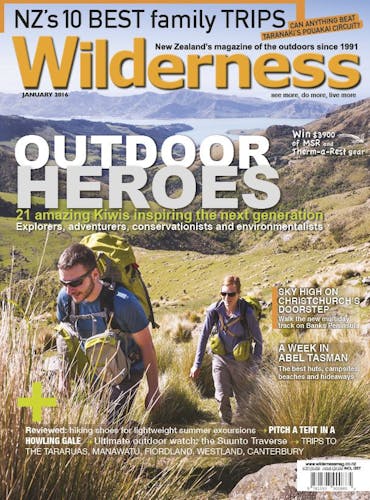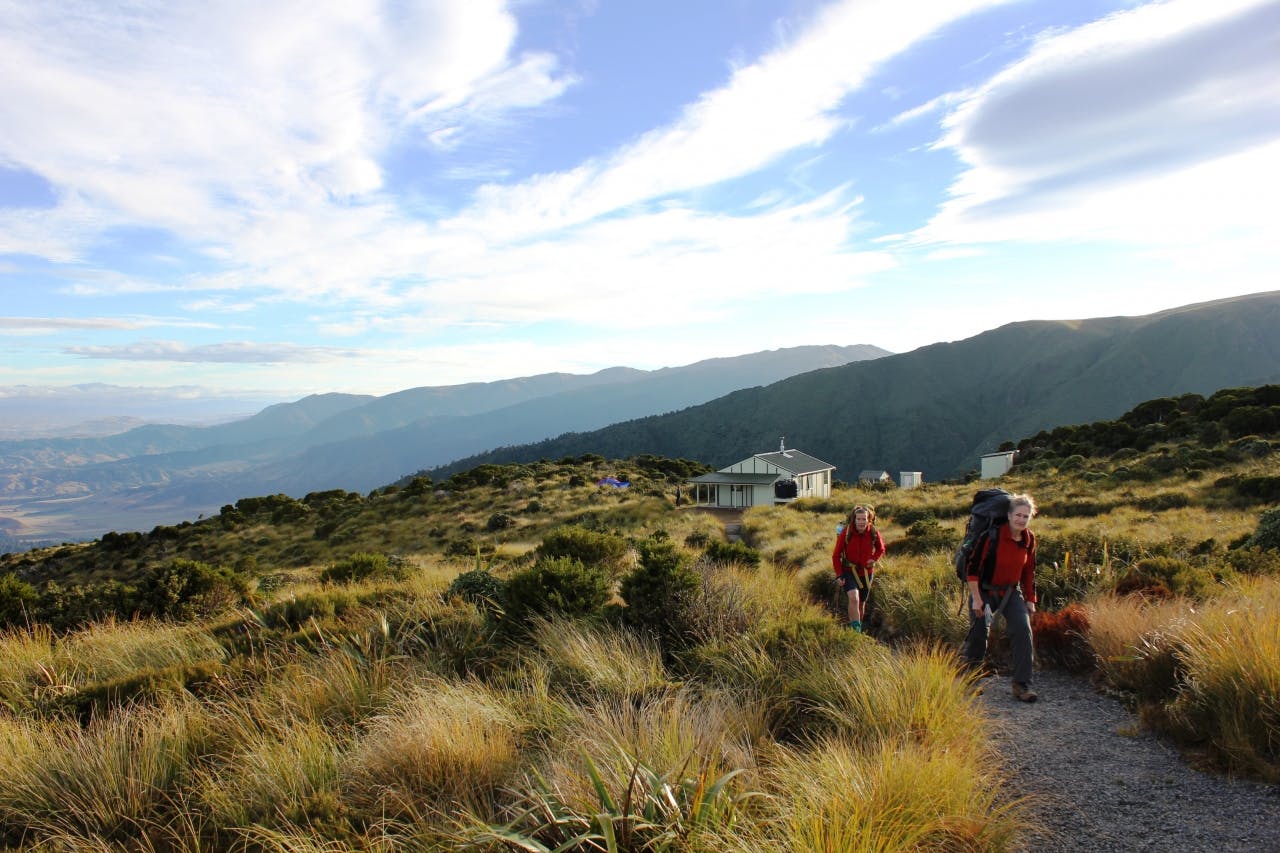After spending a few days at Rangiwahia Hut, Barbara Morris believes the hut booking system can diminish the backcountry experience.
I recently stayed at the popular Rangiwahia Hut in Ruahine Forest Park while being vehicle-mover for a group heading into the Oroua River Valley. My time there gave rise to some observations and reflections on the backcountry hut experience.
A few hours after we had settled in we were joined by 10 college students doing the obligatory overnighter in a hut for their Duke of Edinburgh award. With the optimism of youth, or perhaps lack of knowledge or planning, they had no sleeping mats and found only two bunks left.
Some discussion ensued and sleeping arrangements sorted out. Our group came up with sleeping mats, the students were given pointers on how to fit four bodies on two mattresses, and some resourceful lads erected a makeshift bivvy with plastic and nylon sheeting.
The next arrivals were a couple from Palmerston North, the male half of whom sported a kilt over long johns, who were spending their weekend checking and re-baiting stoat traps along the Oroua River. They did this on a regular basis and admitted to some frustration with those who, for whatever reason, took pleasure in smashing the eggs placed as bait in the traps. They could only surmise it was perhaps because a small section of park-users saw manual trapping as a precursor to 1080 drops. The roomy woodshed was their choice of sleeping quarters for the night.
After watching a spectacular sunset, we awoke to a crisp clear morning and an equally spectacular view of Mts Ruapehu and Ngauruhoe on the horizon.
The row of cocoons on the mattresses began to stir and fingers crept out from sleeping bags to find cell phones and tap out possibly reassuring messages to those at home that a night in a hut was survivable. The bivvy boys must have had a cold time but no word of complaint was heard.
After breakfast, everyone departed on their respective journeys and I enjoyed a pleasurable wander on the glorious tussock tops of the Whanahuia Range. All was quiet at the hut on my return, solitude being broken only by a pair of day trippers and two more stoat trappers on their way to Triangle Hut.
A backcountry hut book always provides entertainment and the Rangiwahia book proved no exception: there was one particularly astonishing entry a few weeks prior to our stay.
Two self-described ‘Jaffas’ apparently didn’t like the taste of the water, found it ‘smokey’ and decided to empty the entire water tank! Perhaps they imagined DOC flew in fresh water along with the firewood.
A search and rescue training exercise was held at the hut a few days later and the comments about no water in the tank were pithy and direct. Auckland and rest-of-country relations took a steep dive that day.
As backcountry huts become more popular, DOC considers adding them to the online booking system and a notice on the door advised this was a possibility for this hut as well as replacement with a larger model.
We all have opinions on the merits and demerits of the booking system, but on this occasion I thought about the experience of the hut users, especially the college students.
A booked bunk would have been just that. But no bunk meant being welcomed by fellow hut users who shared sleeping mats and made room for extras. Students would have missed out on being cosied up on two mattresses, our resourceful lads would not have constructed their bivvy, and all would have missed a lesson on expecting the unexpected when out tramping.
Our stoat trappers could have done without sleeping in the woodshed but they were prepared for such an eventuality.
And my final reflection was on the power of a rugby game on the other side of the world: on this Saturday night in early November I was the sole occupant of Rangiwahia Hut.







